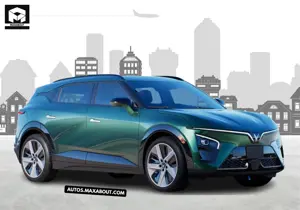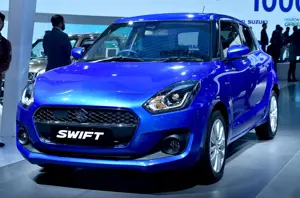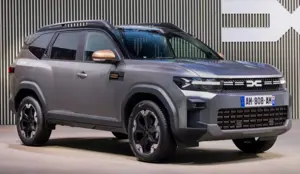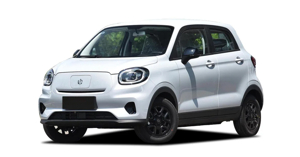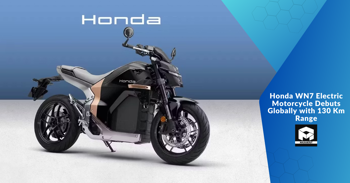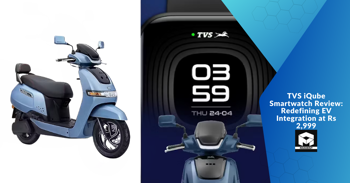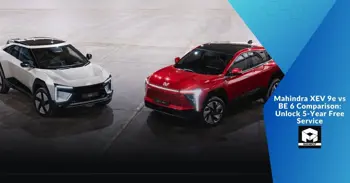Is the absence of USD forks in the 2025 RS200 less competitive in its segment?
Forks like this are becoming more common in the sport bike segment and are known as Upside-Down (USD) forks which help with handling and provide a premium feel. But, the 2025 Bajaj Pulsar RS200 still utilizes conventional telescopic forks. The decision has spawned talk about whether the RS200 can compete in its class without this feature. There are some who argue USD forks are necessary on a modern sport bike, and others who argue they are not necessary for the RS200s target market. The debate revolves around performance, cost and market positioning and enthusiasts are weighing in on whether Bajaj took the right decision for this model.
Absolutely. Forks of USD are pretty much standard now in this segment. Bajaj should not be leaving them out.
Most Popular Cars
Based on Cars Popular on Maxabout
Tata Tiago CNG XZA Plus AMT Dual Tone
₹ 8,89,900
897 Views
Toyota Glanza Sport
₹ 9,00,000
978 Views
Mahindra XUV 3XO REVX A Turbo AT
₹ 12,99,000
498 Views Recently Added Cars
New Cars Added On Maxabout
VinFast VF7 Sky Infinity
₹ 25,49,000
176 Views
VinFast VF7 Sky
₹ 24,99,000
156 Views
VinFast VF7 Wind Infinity
₹ 23,99,000
180 Views Upcoming Cars
Exciting Upcoming Cars
Maruti Swift Hybrid
₹ 10,00,000
1300 Views
Renault Boreal Bigster SUV
₹ 13,00,000
1312 Views
Leapmotor T03
₹ 8,00,000
909 Views Discussions and Questions Is The Absence Of Usd Forks In The 2025 Rs200 Less Competitive In Its Segment
Is the absence of USD forks in the 2025 RS200 less competitive in its segment?
10 January 2025 08:08
Ask a Question
Latest News
Recently Added News
TVS iQube Smartwatch Review: Redefining EV Integration at Rs 2,999
Friday, 19 September 2025 6:28 AM
Royal Enfield Scram 440, Guerrilla 450, Himalayan 450 Prices Hiked
Wednesday, 17 September 2025 5:13 AM
Tata Punch Facelift Spied: Altroz-Style Rear Lights, 360 Camera
Wednesday, 17 September 2025 3:06 AM



